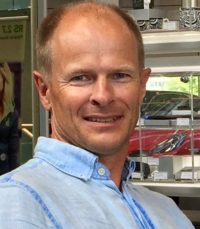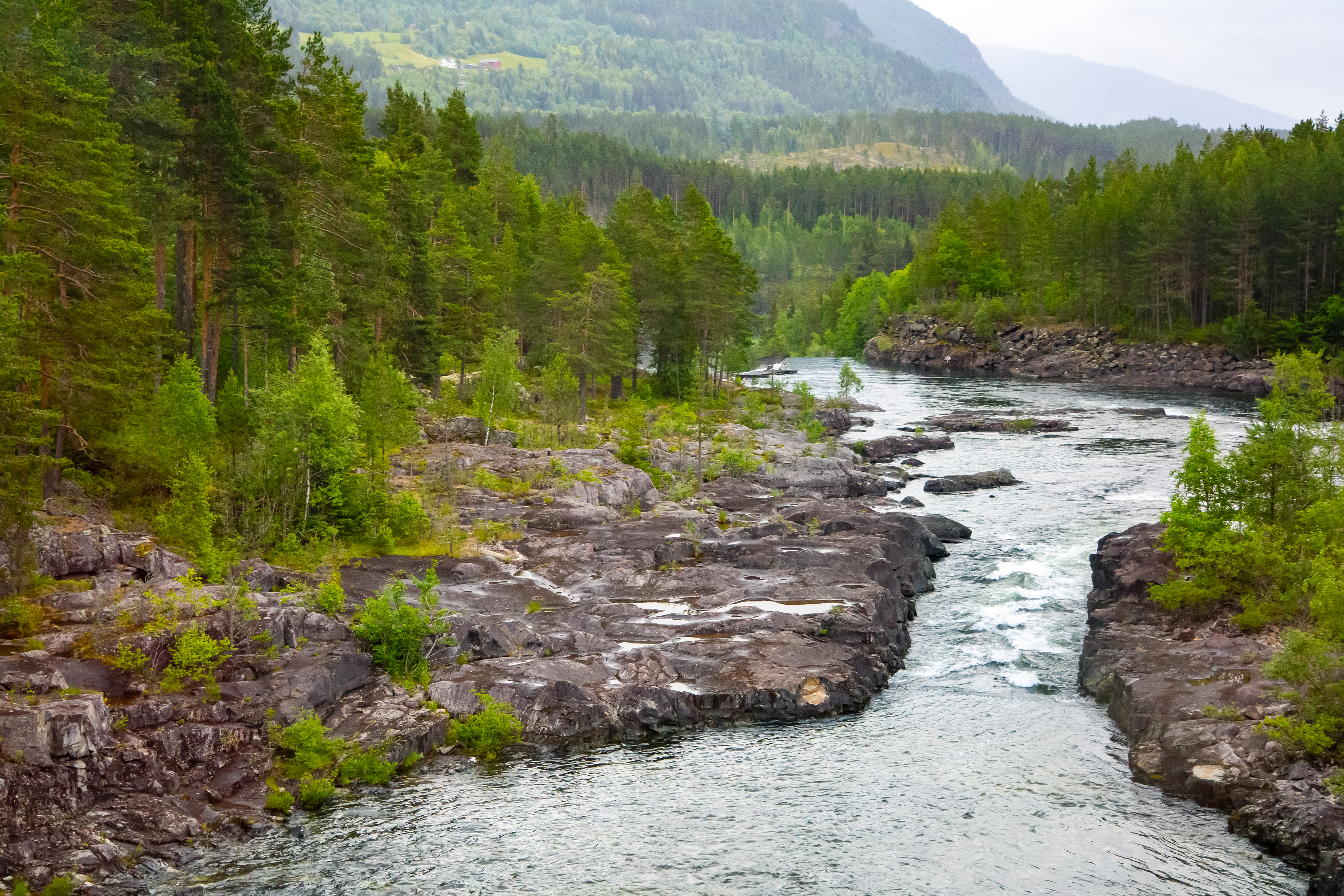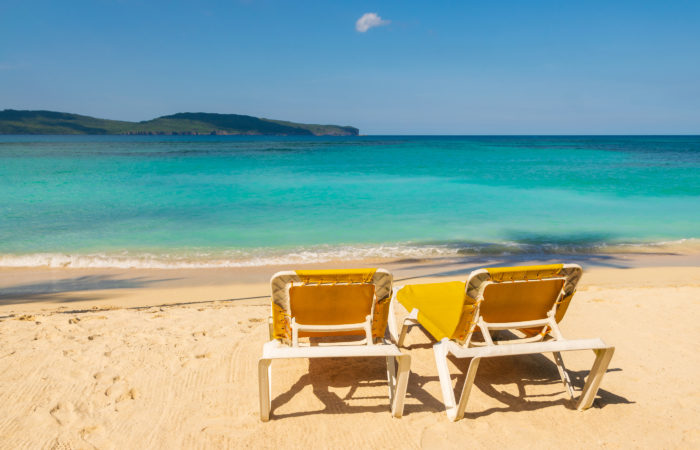We’re lucky to have the opportunity to work with Bjørn Tjomsland through our strategic partnership with W.Giertsen Energy. We met him last summer in Norway and were inspired by his expertise and wonderful sense of humor. He brings more than 20 years of experience that includes energy market design around the world for Nord Pool, the first multi-national energy exchange, and has worked in the areas of renewable energy generation within hydro and bio energy start-ups. He has an in-depth understanding of financial risk management having structured weather derivatives for a JV with the largest private US company as well as Aquila a #31 Fortune 500 company.
With degrees in engineering, computer science, and economics coupled with an expansive career, what piques your interest in the energy industry now?
 Sustainable energy and new energy storage technology now makes it more efficient for us as a community and society to blend local, distributed power generation and storage with centralised economies of scale power generation. Distributed Energy Solution – DES. That makes for a big risk conversion and (market) power transfer to the consumers. The grid companies need to convert to becoming a collaborator and integrator with the various energy storages in their system. For the benefit of them and us. The power generators will need to also be aware of the possibilities that lies in the DES. The other day we used the battery in an electric car as energy source for a peak power need – W2G. Not that would like to do that as the batteries will degrade but still. Who thought that would be even possible!
Sustainable energy and new energy storage technology now makes it more efficient for us as a community and society to blend local, distributed power generation and storage with centralised economies of scale power generation. Distributed Energy Solution – DES. That makes for a big risk conversion and (market) power transfer to the consumers. The grid companies need to convert to becoming a collaborator and integrator with the various energy storages in their system. For the benefit of them and us. The power generators will need to also be aware of the possibilities that lies in the DES. The other day we used the battery in an electric car as energy source for a peak power need – W2G. Not that would like to do that as the batteries will degrade but still. Who thought that would be even possible!
What do you think the US could learn from Europe when shaping its energy policies?
Having travelled the world and designed power markets and given input to policies I am a bit humbled by your question. In the Nordic we are all integrated into one energy pool, and then this is integrated into the Pan European grid. We have made it possible very
soon to utilize energy flowing between far reaching places. We even invest in the national grid inside one country to remove bottlenecks that benefits the pan-national grid. This integration I think is interesting in a pan national or international energy policy. Think of the greater good!
Per capita, Norway is one of the largest consumers of electric vehicles. What changes should the rest of the world make in policy, technology, and infrastructure to achieve greater adoption of EVs?
Well, certainly not the Norwegian method! We started off with Dino Car being taxed to approximately double or more than the price on import + VAT. But for electric we do not charge any taxes. If you were to do the same, you wold have to subsidize the cars and sell them for free! Or double the price in all dino cars.
It is probably the most inefficient way of reducing the emissions, in the cost versus the effect – but on the other hand, it is very visible and in the spirit of saving the world we also need to be doing the right thing disregarding the pure cost/benefit. But I like that we regard energy efficiency as important – there are some very heavy electric cars with really inefficient electric motors, although its electricity they are throwing away. But to me, as an engineer, it does not matter what kind of energy we are wasting – we need to stop doing that!
Energy Storage Systems are emerging as critically important elements of (the new energy distribution design) microgrid design, how do you see the ESS market evolving and what needs to change for broad adoption?
Distributed energy storage and generation is the next big thing. Also, for mini grids as well as for integration of renewable energy and as a grid component. First and foremost, the efficiency needs to come up, we cannot throw away energy. Secondly, this is the solution for a more efficient and less expensive grid or energy distribution. So, both for energy generation as well as for the grid this is the element that is missing. All variants of renewable energy are variable in their generation. So, we need energy storage to use when needed and not when generated. The third is the need to improve through grid and energy distribution to handle all this. The element that is missing for all of this to happen is for a distributed energy component such as storage. This is the catalyst for many aspects of the energy challenges.
Non-invasive hydropower is such a success story in Norway, how difficult would it be to build a no-dam design in the US?
A quick background on this – we have interconnected a lot of the lakes through tunnels on high plateaus in Norway. Such that we regulate the water level by several meters, but the level for each lake is not that much. And it’s almost impossible to detect for users of the lake.
The US already has a lot of unused hydro potential! You have the opportunity to use several water ways that are in some way managed due to floods and other water management, only 3% of all dams are used for hydropower. You have a lot of interconnections that could be made in order to utilize the water more efficiently before the kinetic energy is lost with little environmental impact. By the looks of it and at what cost…
Can you give a Norwegian phrase or sentence that sums up the energy challenge?
I love old proverbs and if I might just make the context…Alt som er gammelt er ikke godt, og alt som er nytt er ikke nyttig. Everything old is not good, and all that is new is not useful – so we have to be careful that we choose wisely when we introduce ways of managing the challenges like with using electric cars – they are a great step forward! But we have to keep in mind that they need to be energy efficient as well, and the electricity need to be generated from a sustainable source.


